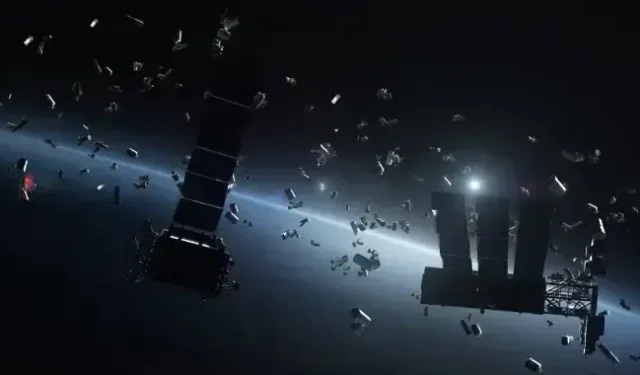The US Federal Communications Commission would like to reduce the time it takes to dispose of faulty satellites to five years.

The FCC would like decommissioned satellites to be restored within five years. This is to clear the area.
The Federal Communications Commission (FCC) wants to do something to get rid of or at least limit the amount of space debris present in low Earth orbit. A few days ago, the US agency published a proposal that, if accepted, would set a deadline for the maximum duration of stay of non-geostationary satellites in space.
FCC wants to restore failed satellites within five years
Currently, NASA guidelines published in the 1990s recommend removing dead satellites from orbit within 25 years. The FCC wants to pass a rule in just five years that would force national satellite operators and companies that want to gain access to the US market to remove their failed satellites as soon as they can. “We are convinced that leaving satellites in low Earth orbit (LEO) for several decades is no longer feasible,” the FCC explains in its text.
This is to clear the area.
Satellites already in space will not be affected by this new rule. The Commission is also proposing a two-year exclusion period beginning September 29, the day scheduled for voting on the directive. This will allow organizations that were previously eligible for the upcoming launch to make a plan to decommission their device. The FCC also said it could allow waivers on a case-by-case basis after NASA raised concerns that the five-year deadline would affect its CubeSat missions.
This proposal assumes that the number of satellites in low Earth orbit is expected to increase dramatically in the coming years. Thanks to the contributions of companies such as SpaceX, Amazon and OneWeb, up to 18,000 new satellites could appear around the Earth by 2025. These satellites not only make it more difficult to observe space, but also increase the risk of collision.
Our space economy is growing rapidly. For it to keep growing, we need to do more to clean up after ourselves so space innovation can keep expanding. That is why I propose to reduce the 25-year target to no more than 5 years. https://t.co/u8uImI25hQ
— Jessica Rosenworcel (@JRosenworcelFCC) September 9, 2022
Leave a Reply